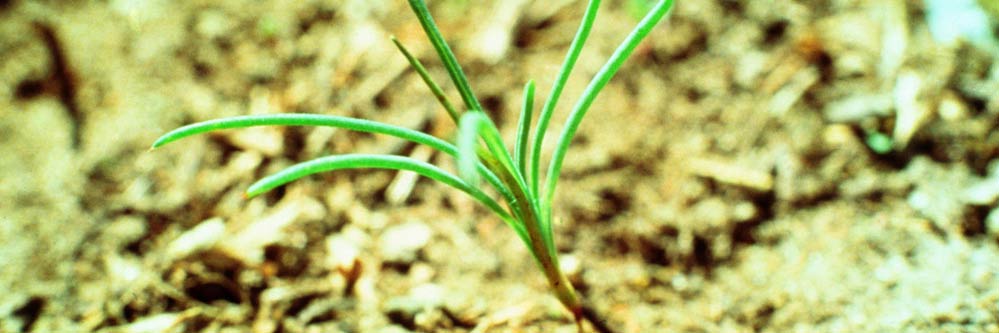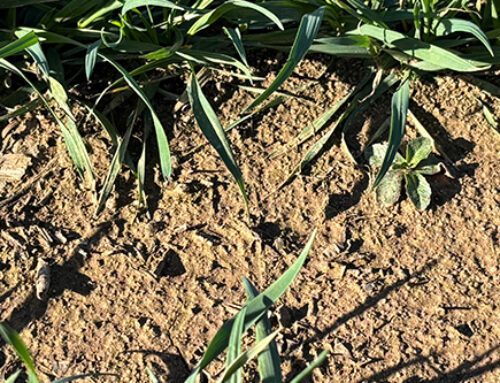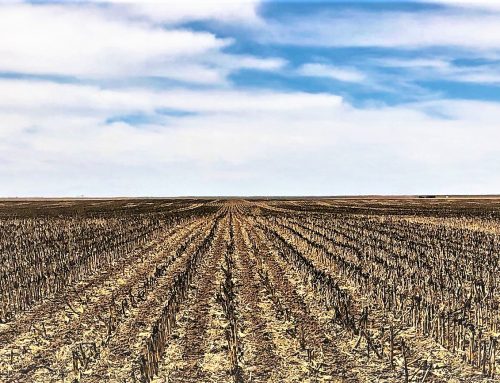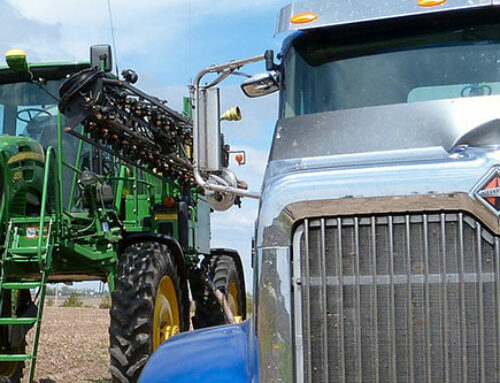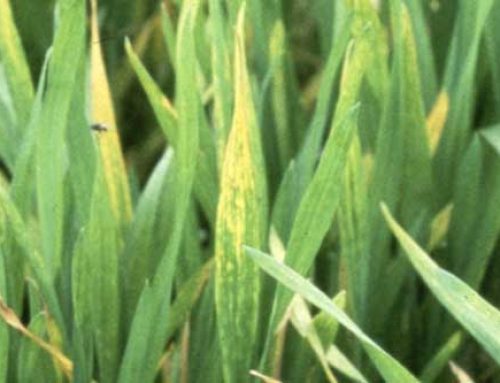Controlling weeds in your fields should be at the front of your mind even as we move into late fall, winter and early spring. Pre-season weed control will help reduce the size and population of weeds before planting next spring. Certain weed species are exponentially more manageable at this stage than at planting time. How you handle pre-season weed control depends on your capabilities, financial situation and weed spectrum.
The first step to pre-season weed control is deciding what crop will be planted. This is easier said than done. With unstable crop prices, it may be necessary to delay this decision to see which crop might be more profitable. If you are undecided, the best option may be to delay treatments till spring and use herbicides with shorter residual. Long residual products, or products not labelled on multiple crops can lock you out of certain crop options. Your planned crop rotation can also have an impact on herbicide choice. It is important to avoid long residual products that may affect the subsequent crop the following year.
A fall application is successful when a combination of burndown and residual products are combined in the tank. The burndown portion gets rid of emerged winter annuals, while residual products control early emerging weeds in the spring.
The key to success is to burn down any emerged winter annuals coming out of dormancy, and stay in front of early emerging spring weeds by adding significant residual products that will keep the field clean all the way through planting season.
Tillage is another option for pre-season weed control. Historically, there are more disadvantages than benefits to pre-season tillage. After a tillage operation, often times you will have varying sizes of weeds remaining that are harder to control. Multiple tillage passes are usually necessary, and each operation increases erosion potential. Both growing weeds and tillage waste a large amount of valuable soil moisture.
A good burndown program offers benefits where tillage programs fall short. It will:
- significantly increase soil moisture reserves
- ensure water and fertilizer go directly to producing yield for the crop
- leave fields less exposed to elements of weather
- reduce time in the field and fuel costs
Since a growing crop isn’t a concern during the off season, we can apply higher rates of herbicide to the field, resulting in better overall weed control. Applications at this time of year also allow us to use several modes of action that may not be utilized in a growing crop. It is important to combine multiple modes of action to increase success, and maximize residual control.
Modes of Action to Consider in your tank:
- Growth Regulators – generally used to enhance broadleaf weed control
- Amino Acid Inhibitors – used for both contact and residual control, depending on the active ingredient
- HPPD Inhibitors – known as bleachers – used for both contact and residual control
- Photosynthesis Inhibitors – one of the major products in this family is Atrazine
- PPO Inhibitors – typically known as burners – can also add significant residual control in some cases
- Cell Division Inhibitors – better known for their pre-emerge control properties
Some crucial weeds that need your attention prior to planting are kochia, russian thistle, marestail, prickly lettuce, dandelion, jointed goatgrass, downy brome and cheatgrass. Other weeds that become an issue closer to planting are Palmer Amaranth, crabgrass, morningglory, and barnyardgrass.
It’s important to focus on weed control with a fall or spring herbicide application before the weeds become unmanageable. By choosing a successful burndown product and considering several modes of action, you can stop weed growth, save time and money later in the season, and conserve valuable soil moisture. Some forward thinking about your overall herbicide program and crop rotation can ensure smart choices when considering pre-season weed control.
Featured image by: John D. Byrd, Mississippi State University, Bugwood.org
